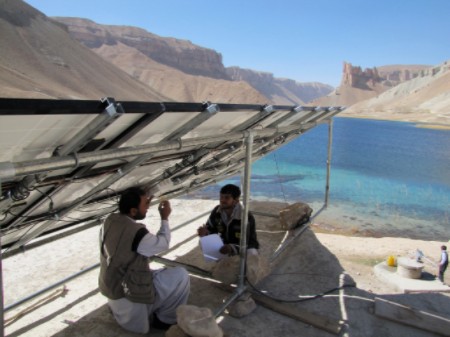Afghanistan Energy study

Published Oct 04, 2016
In collaboration with the World Bank
Afghanistan remains in the bottom 10% globally in electricity consumption per capita (approx. 100 kWh per year) and only 25-30% of its population is connected to the grid, one of the lowest rates in the world. Planning is a fundamental part of addressing the energy stress in the country. It is an essential part of future investment.
KTH-dESA and the
World Bank
joined a collaborative effort in order to develop National High Resolution, Dynamic Least Cost Option Plan for Universal Electricity Access in Afghanistan. The assignment is aiming to:
- Provide an overview of the least cost electrification option per region according to certain possibilities and limitation, using the OpeN Source Saptial Electrification Tool ( ).
- Estimate the additional capacity requirements (National Grid, Mini grids and Stand alone systems) in order to meet the demand.
- Quantify the investment required for full electrification of the country by 2030.
- Inform decision making in the energy field (science-policy, financing etc.) supporting national efforts to reduce poverty and share prosperity.

